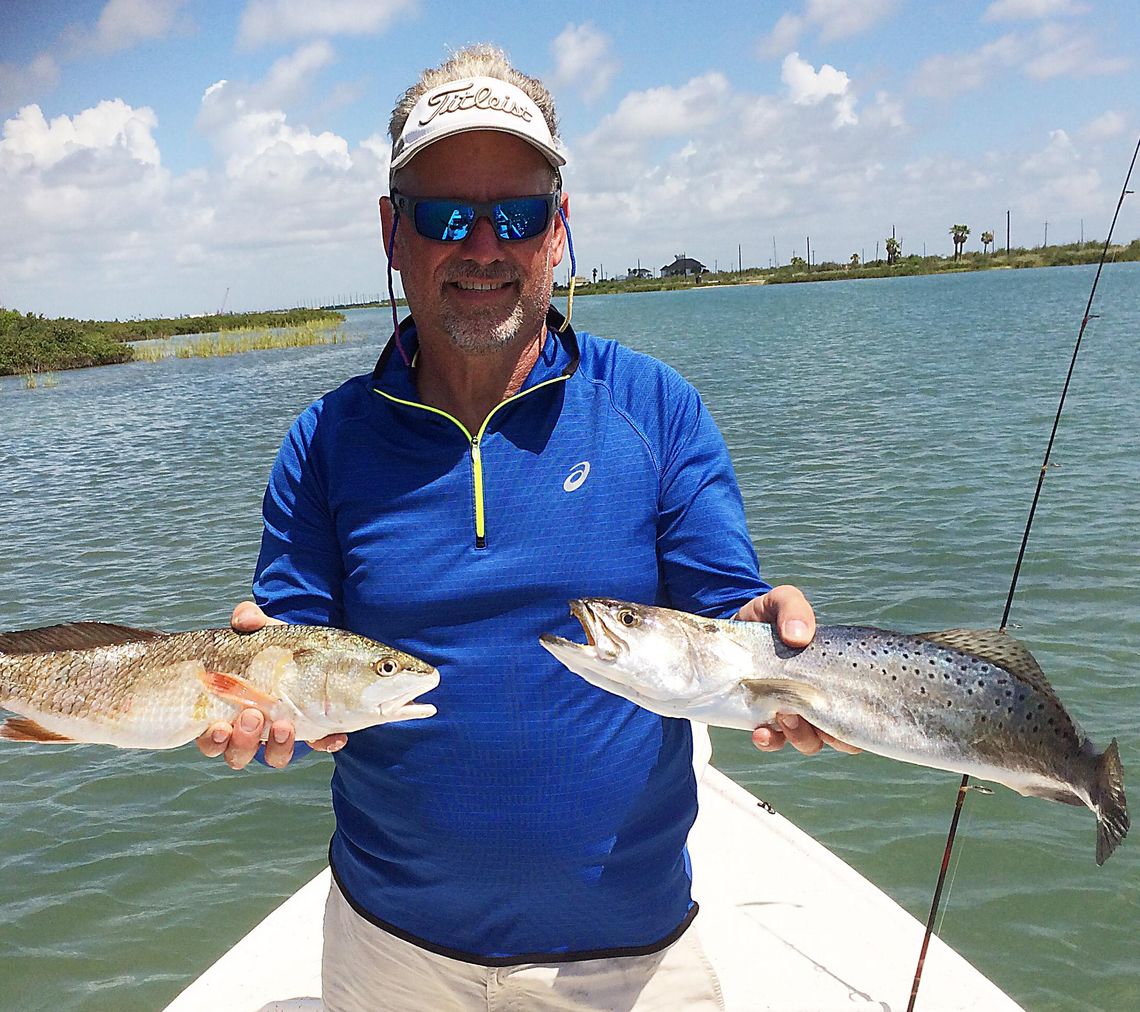It was cold and clear as we launched our boat. The day before was cold, wet and windy but we had caught fish. So low wind, no rain and sunny skies was a great improvement.
My neighbor, Tom Ray, and I launched my skiff as my son, Terry, unloaded his 19’ Mako bay boat. My brother, Wayne, joined Terry as his fishing partner.
Tom and I motored slowly down a subdivision canal where we had landed two good redfish the previous day. Terry and Wayne idled down another canal in the opposite direction.
PLEASE LOG IN FOR PREMIUM CONTENT. Our website requires visitors to log in to view the best local news.
Not yet a subscriber? Subscribe today!







